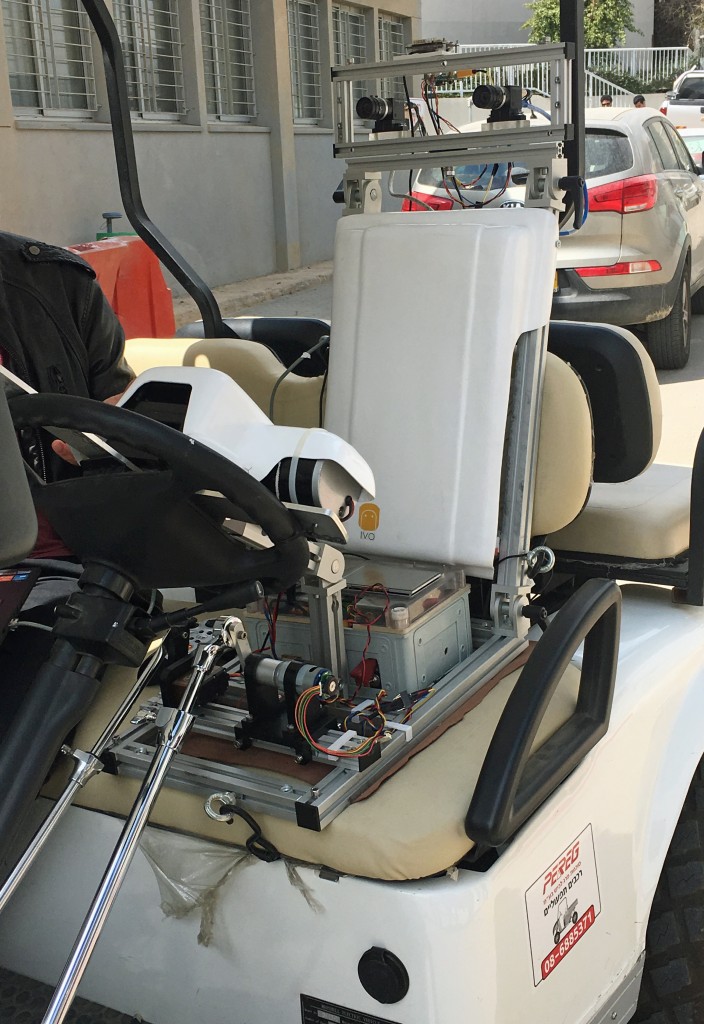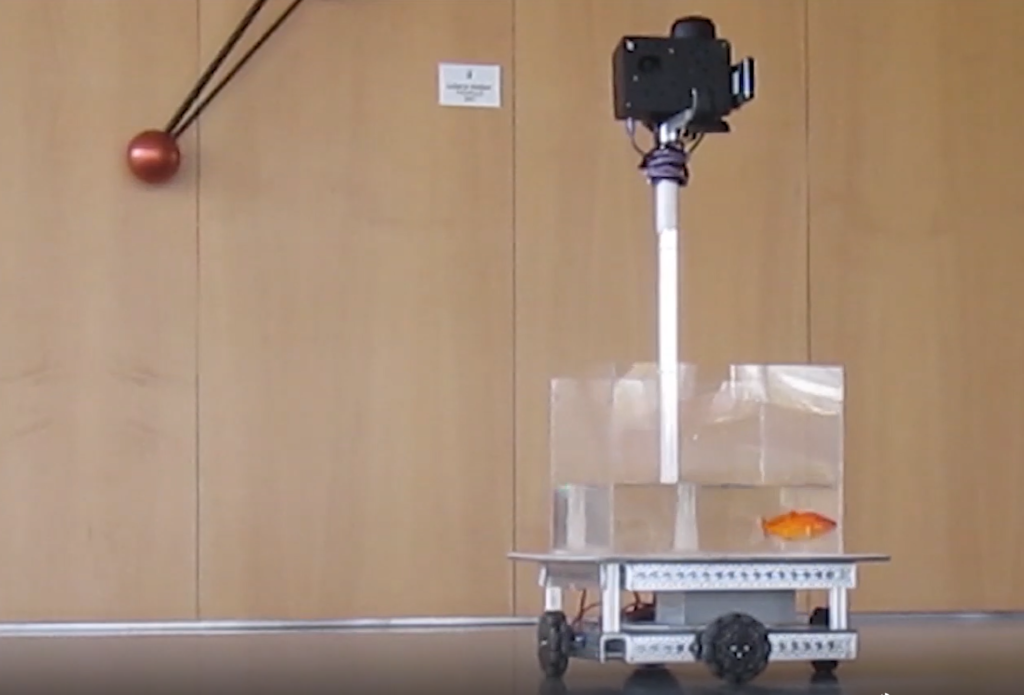
Meet the Robot That Can Drive Your Car
Meet the Robot That Can Drive Your Car
May 4, 2017
Live Science — The future of autonomous vehicles may be a portable robot that can fit inside a handheld suitcase before taking its place in the driver’s seat.
A new autonomous driving system developed at Ben-Gurion University, called IVO (short for intelligent vehicle operator), uses a handful of cameras, simple motion sensors and a few mechanical devices to depress the brakes and turn the steering wheel.
The system compensates for its relatively simple sensors with highly sophisticated computer algorithms, says Oded Yechiel, a graduate student in BGU’s Department of Electrical and Computer Engineering, who helped develop the system.
“The advantage of this autonomous driving system is that you can transform any vehicle into an autonomous vehicle,” says Yechiel.
The current prototype costs about $1,600 to produce, though Yechiel says he anticipates cost reductions when the product is made at manufacturing scale.
By contrast, other high-profile autonomous vehicles (such as Google’s or Uber’s self-driving cars) can require converting an entire vehicle into an autonomous operator which can add tens of thousands of dollars to the final sticker price.
What’s more, the larger self-driving car projects funded by Google, Uber, Tesla and other heavyweights run on a type of 3D laser, but there can be interference among the signals from different cars on the road. This may be less of a problem for IVO, Yechiel says.
Currently, the team is improving the computer-vision algorithms, which are designed to look at the road and automatically identify obstacles, traffic conditions and pedestrians accurately. The designers anticipate finishing beta testing within a year.
The earliest prototype for Yechiel’s robot weighed around 33 lbs. (15 kilograms), but the team is designing a newer version that will be dramatically lighter, Yechiel says.
“The idea is that anyone could carry and install an IVO robot.”
This post is excerpted from a story by Tia Ghose, who recently participated in Americans for Ben-Gurion University’s 2017 Murray Fromson Media Fellowship.




